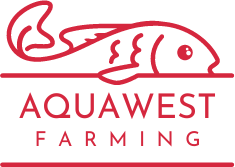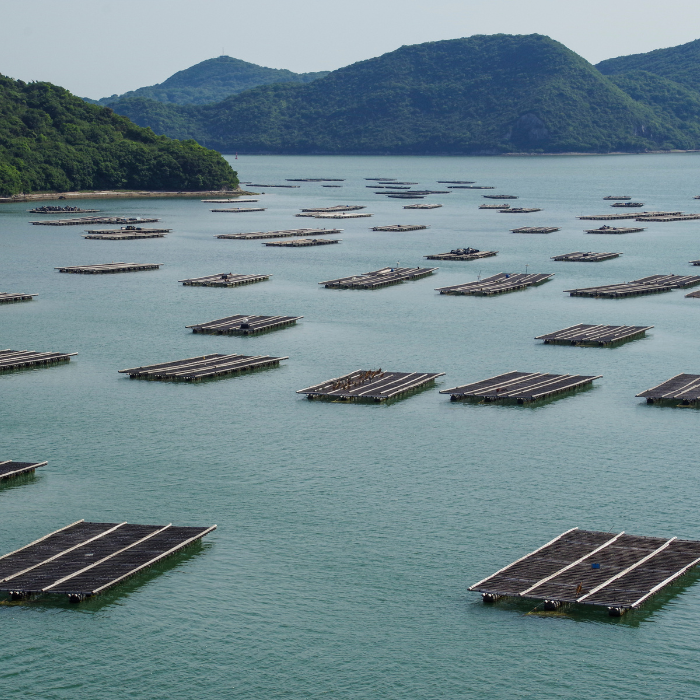Aquaculture, often dubbed as the “blue revolution,” represents a groundbreaking approach to meeting the world’s increasing demand for seafood while preserving our oceans’ delicate ecosystems. In this blog post, we embark on a journey to explore the fascinating world of aquaculture, delving into its significance, innovations, and impact on global sustainability.
The Rise of Aquaculture: Aquaculture, the practice of farming aquatic organisms such as fish, crustaceans, mollusks, and seaweeds, has witnessed exponential growth in recent decades. With wild fish stocks dwindling due to overfishing and habitat degradation, aquaculture has emerged as a sustainable solution to meet the growing global demand for seafood. By cultivating aquatic species in controlled environments, aquaculture reduces pressure on wild fisheries and promotes biodiversity conservation.
Sustainable Practices and Innovations: At the forefront of the aquaculture revolution are sustainable practices and innovative technologies aimed at minimizing environmental impact and maximizing efficiency. From land-based recirculating aquaculture systems (RAS) to offshore aquaculture pens, aquaculturists employ a diverse array of methods to cultivate seafood while conserving resources and minimizing waste. Additionally, advancements in feed formulations, genetics, and disease management have led to significant improvements in aquaculture productivity and profitability.
Environmental Stewardship: Central to the ethos of aquaculture is environmental stewardship and conservation. Responsible aquaculture practices prioritize ecosystem health, water quality management, and biodiversity preservation. By implementing stringent regulations, monitoring programs, and certification schemes, aquaculture operations strive to minimize their ecological footprint and uphold the integrity of marine and freshwater environments.
Economic and Social Impacts: Beyond environmental considerations, aquaculture plays a vital role in economic development and poverty alleviation, particularly in coastal communities and developing countries. Aquaculture provides employment opportunities, income generation, and food security for millions of people worldwide, contributing to poverty reduction and sustainable livelihoods. Furthermore, aquaculture fosters social resilience and cultural preservation, empowering communities to thrive in harmony with their aquatic surroundings.
Looking Ahead: As we navigate the complexities of a rapidly changing world, aquaculture remains a beacon of hope for sustainable food production and environmental conservation. By embracing innovation, collaboration, and responsible stewardship, we can unlock the full potential of aquaculture to nourish our growing population while safeguarding the health and vitality of our oceans. Together, let us embark on a journey towards a future where aquaculture thrives as a cornerstone of global sustainability and prosperity.
Conclusion: In conclusion, aquaculture stands poised to revolutionize the way we produce and consume seafood, offering a sustainable alternative to traditional fishing practices. With its emphasis on innovation, sustainability, and environmental stewardship, aquaculture holds the key to a future where we can enjoy abundant seafood while preserving the health and integrity of our oceans for generations to come. Join us in embracing the aquaculture revolution and charting a course towards a more sustainable and prosperous future for all.


